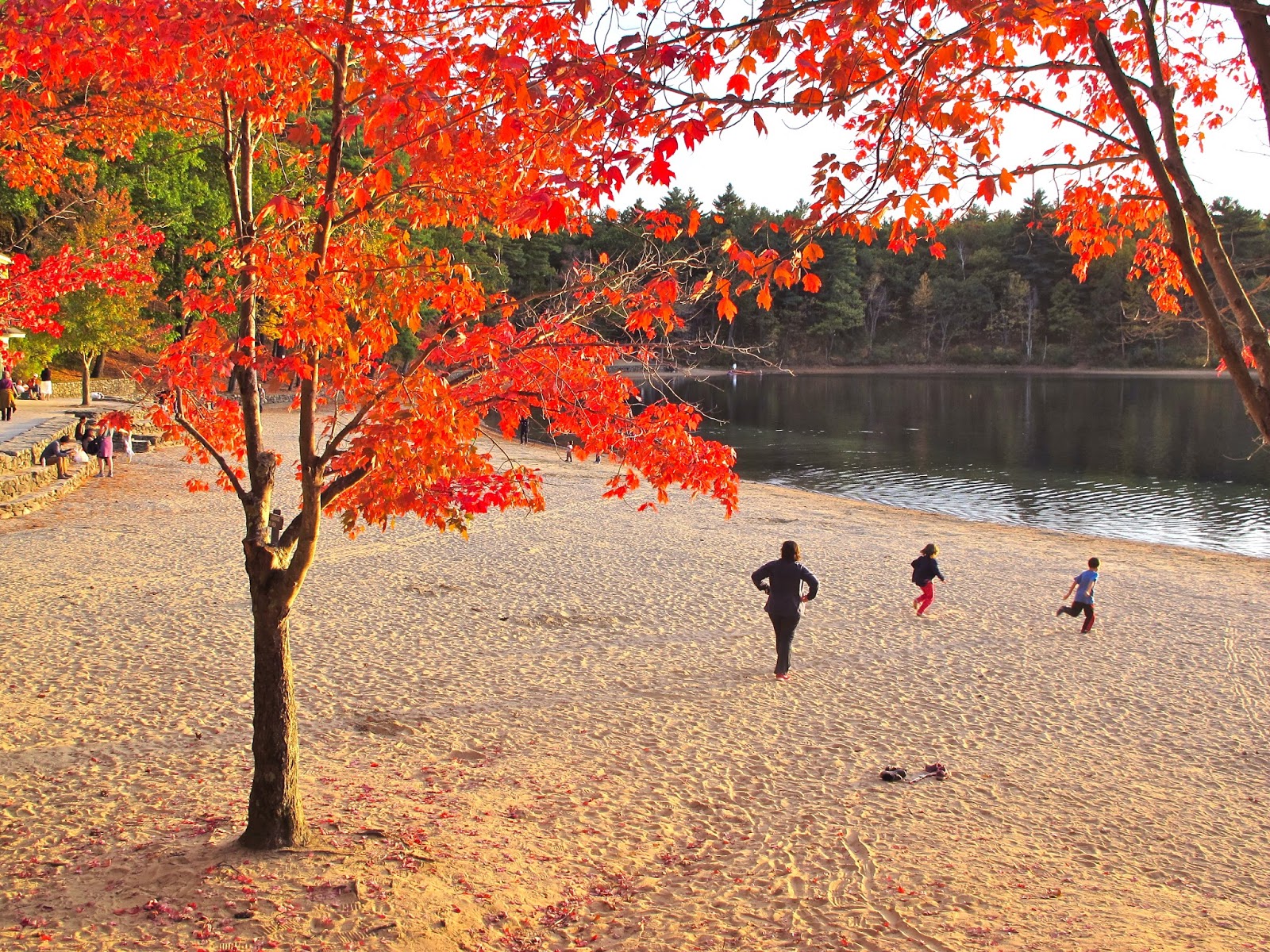Herbarium specimens offer a unique opportunity to measure changes in plant phenology over broad time periods and geographic ranges. Many of the specimens currently housed in herbaria were collected in the 19th and 20th centuries, but in just the last decade there has been a huge increase in herbarium-based phenology research-- particularly addressing modern questions about how plants are responding to climate change.
Panchen et al., 2012 used herbarium specimens, combined with field notes and photographs, to show that 28 plant species in Pennsylvania are advancing their flowering over time.
Earlier this year, Richard Primack and I were co-authors on a review paper led by Charlie Willis entitled "Old Plants, New Tricks: Phenological Research Using Herbarium Specimens." The review, published in Trends in Ecology & Evolution, provides a thorough assessment of how herbarium specimens have already been used in phenology research, with most studies focusing on flowering, in northern, temperate biomes.
Willis et al. (2017) Figure 1, shows where previously published herbarium-based phenology studies have been located (studies are indicated with blue circles; the larger the circle, the more species sampled). The heat map shows the source of digitized specimens (available via the iDigBio portal), which included 1.8 million specimens as of February 2017!
We also discuss the future of herbarium specimens, with a special focus on the widespread digitization efforts currently underway. Digitized specimens are already being used by researchers to access more specimens in more locations than they could visit in person, and to use citizen science efforts to identify phenological stages online. Lastly, we review the biases inherent in using herbarium specimens, from those that arise during collection, to digitization, to observation.
CrowdCurio is a web-based platform for identifying phenological stages on digitized specimens. In this case, citizen scientists could identify buds, flowers, and fruits on a lowbush blueberry specimen.
For our part, we plan to continue using herbarium specimens--including digitized specimens--to improve our understanding of species-specific effects of climate change, in both spring and autumn!






